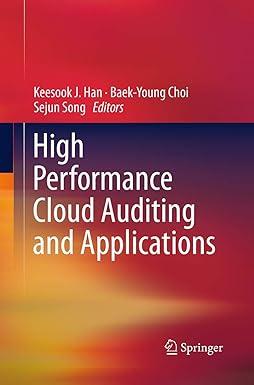Question
Bob's is a retail chain of specialty hardware stores. The firm has 18,000 shares of stock outstanding that are currently valued at $82 a share
Bob's is a retail chain of specialty hardware stores. The firm has 18,000 shares of stock outstanding that are currently valued at $82 a share and provide a rate of return of 13.2 percent. The firm also has 600 bonds outstanding that have a face value of $1,000, a market price of $1,032, and a coupon rate of 7 percent. These bonds mature in 7 years and pay interest semiannually. The tax rate is 35 percent. The firm is considering expanding by building a new superstore. The superstore will require an initial investment of $9.3 million and is expected to produce cash inflows of $1.07 million annually over its 10-year life. The risks associated with the superstore are comparable to the risks of the firm's current operations. The initial investment will be depreciated on a straight-line basis to a zero book value over the life of the project. At the end of the 10 years, the firm expects to sell the superstore for an aftertax value of $4.7 million.
1) Should the firm accept or reject the superstore project and why? A) Accept; The project's NPV is $1.27 million. B) Accept; The NPV is $4.89 million. C) Reject; The NPV is $1.06 million. D) Reject; The NPV is $1.15 million. E) Reject; The NPV is $5.71 million.
2) If this hurdle rate would not justify that investment, what rate would result in a zero NPV? How would you set up your capital structure to achieve that rate?
Step by Step Solution
There are 3 Steps involved in it
Step: 1

Get Instant Access to Expert-Tailored Solutions
See step-by-step solutions with expert insights and AI powered tools for academic success
Step: 2

Step: 3

Ace Your Homework with AI
Get the answers you need in no time with our AI-driven, step-by-step assistance
Get Started


